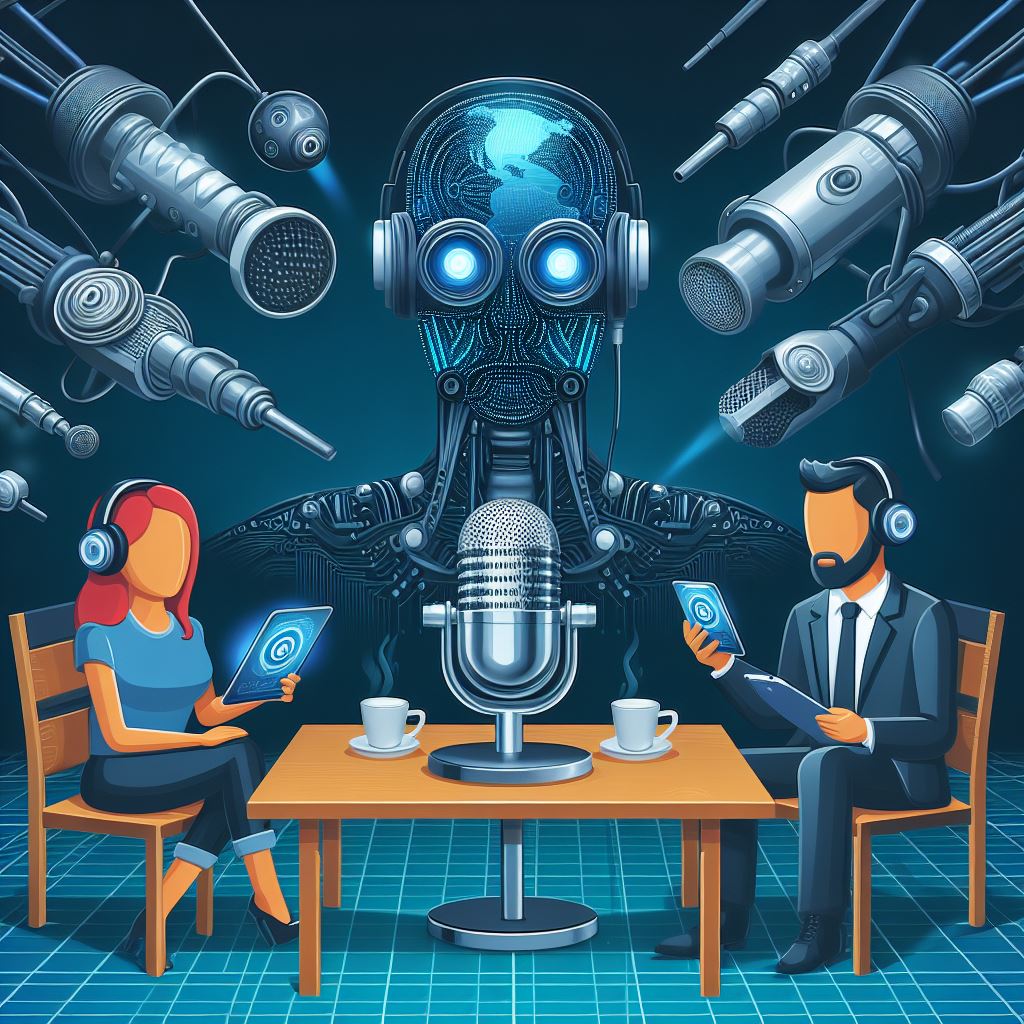The world of voice acting is undergoing a seismic shift, driven by advancements in artificial intelligence (AI) technology. As AI-generated voices become more sophisticated, traditional voice actors are facing both opportunities and challenges. In this article, we explore the impact of AI on voice acting jobs, the evolving role of human voice artists, and how the industry is adapting to this transformative era.
1. The Rise of AI-Generated Voices
AI-Powered Voice Synthesis
AI-driven voice synthesis has made significant strides in recent years. Companies like OpenAI and Google have developed neural networks capable of generating eerily realistic human-like voices. These AI-generated voices can mimic various accents, tones, and emotions, making them suitable for applications like virtual assistants, audiobooks, and even video game characters.
Cost-Effectiveness and Efficiency
One of the primary reasons for the rise of AI-generated voices is cost-effectiveness. Unlike human voice actors, AI models don’t require breaks, sleep, or compensation. Once trained, they can churn out voice recordings tirelessly, reducing production costs significantly. This efficiency appeals to businesses seeking high-quality voice content without breaking the bank.
2. The Impact on Traditional Voice Actors
Competition and Adaptation
As AI voices gain prominence, traditional voice actors face increased competition. However, rather than being replaced entirely, many voice artists are adapting. They’re diversifying their skill sets, exploring new niches, and collaborating with AI tools to enhance their offerings. Some voice actors even lend their voices to AI models, creating a hybrid approach that combines human artistry with machine precision.
Embracing Change
Voice actors who embrace AI technology can thrive in this evolving landscape. By learning to work alongside AI systems, they can expand their opportunities. For instance, voice actors can specialize in fine-tuning AI-generated scripts, adding emotional nuances, or providing creative input. The key lies in understanding that AI is a tool, not a threat.
3. The Role of Industry Organizations
SAG-AFTRA’s Response
The Screen Actors Guild-American Federation of Television and Radio Artists (SAG-AFTRA) recognizes the impact of AI on its members. While advocating for fair compensation and ethical practices, SAG-AFTRA also encourages collaboration. The union acknowledges that AI can enhance productivity and creativity when used judiciously. It aims to strike a balance between protecting voice actors’ rights and embracing technological advancements.
Training and Education
Industry organizations play a crucial role in educating voice actors about AI. Workshops, webinars, and resources help artists understand AI’s potential and equip them with relevant skills. By staying informed, voice actors can navigate the changing landscape and remain valuable contributors to the industry.
4. Conclusion: Harmonizing Human and AI Voices
Coexistence, Not Competition
The future of voice acting lies in harmonizing human and AI voices. Rather than viewing AI as a threat, voice actors can collaborate with these intelligent systems. Together, they can create captivating narratives, elevate user experiences, and shape the audio landscape of tomorrow.
As the curtain rises on this new era, voice actors must embrace change, adapt, and find their unique place in the symphony of human and AI voices.
| Source: Fortune.com 2024-Feb-19 |

